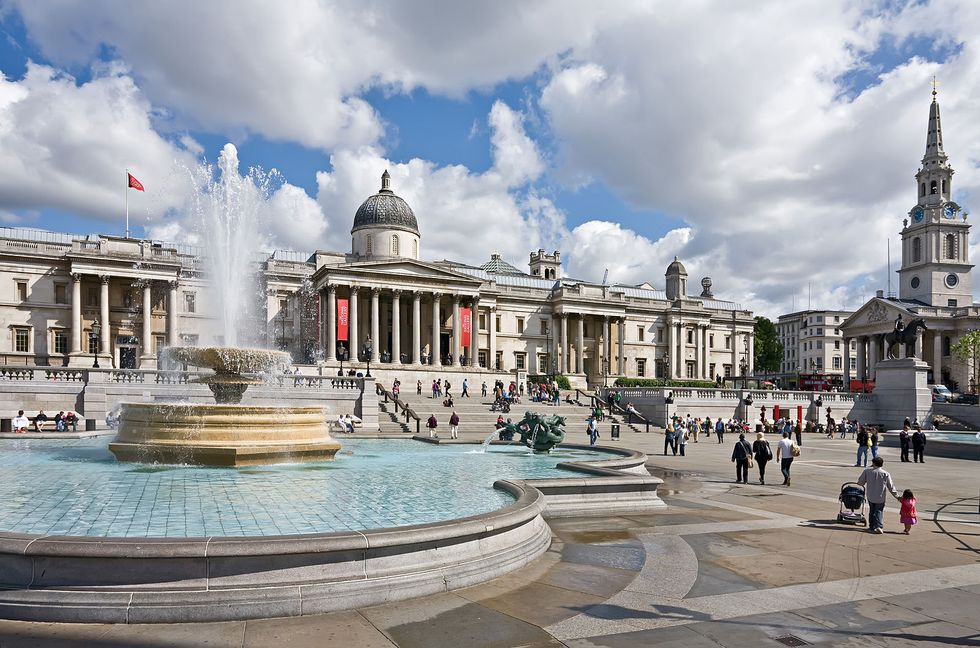I always assumed I would like art museums. Having not been to many before coming to London for a semester, I didn’t have as clear an idea of what they entailed as I thought I did. I like art. I like museums. Both in one place would just be that much better right?
You would think so.
But then I found myself perched on a railing outside the British National Gallery listening to a street singer (a mediocre one at best) and feeling more like I was in a museum then I had during any of my numerous gallery visits.
Inside, the paintings were brilliant with mesmerizing colors and delicate brush strokes that tempt you to stick your nose right up to the oils. They depict rich histories of symbolism and legend and can evoke a tremendous range of emotion with just a few abstract brushstrokes. They depict the living world or products of it, some are supposed to elicit a strong emotional response, others beg to be argued over, a few wish to be contemplated in solitude.
But the environment made me anxious. Many of these things are difficult to do amongst the vast crowds of violently quite museum-goers. The impact of an amateur piece of art in the right setting has been much stronger on me then Van Gogh's Sunflowers were surrounded by people. William Holman Hunt’s The Lady of Shalott was infinitely more inspiring during my Literature class’s passionate discussion of the image than it was seen in real life, hung in a gallery full of silent people.
The tension of ideas and thoughts begging to be unleashed was palpable in the gallery. Almost inspiring. But all anyone could comfortably do was whisper to one another in short breathy sentences. There were no speeches of passion, no overflowing of emotion. Everyone was shuffling along from painting to painting, cold and silent and dead.
Back outside, surrounded by the sounds of sirens, church bells, and the tune of Aleluia (forever beloved by the street singers) I felt the space to breathe. The musician and I were the only things staying still. Everywhere around us people were moving, talking, living. Watching the messy dirty living world go by was infinitely more inspiring to me then the entirety of the National Gallery had been.
This internal dilemma I have with art galleries echos larger themes in the rest of my life. I like places where life is palpable. Warmly decorated houses with large windows, meadows where you can dig your fingers into the grass and feel it growing, dinner tables surrounded by friends.
Even in my solitude, I like to feel the world moving around me. The stillness of an art gallery can profoundly disturb me, and all I want is to see these beautiful paintings hung in a grand ballroom or cozy sitting room where they can be admired and discussed while soaking up the life they represent.
Despite these emotions, I do not argue against the institution of public galleries. They encourage critical thought about the world and expose people to new ideas. I just lament the strange culture of forced silence within them. Natural history and cultural museums rarely have the same heaviness inside them despite holding information and artifacts which are equally respected.
If I can express wonder at the fashion in the Victoria and Albert Museum or exclaim at the majestic skeletons hanging in the British Natural History museum why do I feel I must stand stoically in front of art that was made to make me feel things.















